Poultry seasoning is a blend of dried herbs and spices specifically designed to enhance the flavor of chicken, turkey, and other poultry dishes. It's a staple in many kitchens for holiday meals and everyday cooking.
Core Ingredients in Poultry Seasoning
While recipes vary, these herbs and spices form the foundation of most poultry seasoning blends:
- Sage: Earthy and aromatic, the dominant flavor in most blends
- Thyme: Subtle floral notes that complement poultry fat
- Rosemary: Woodsy aroma (use sparingly for balance)
- Marjoram: Bright herbal zest to lift the blend
- Black Pepper: Adds heat and depth
- Nutmeg or Allspice: Warm complexity for holiday recipes
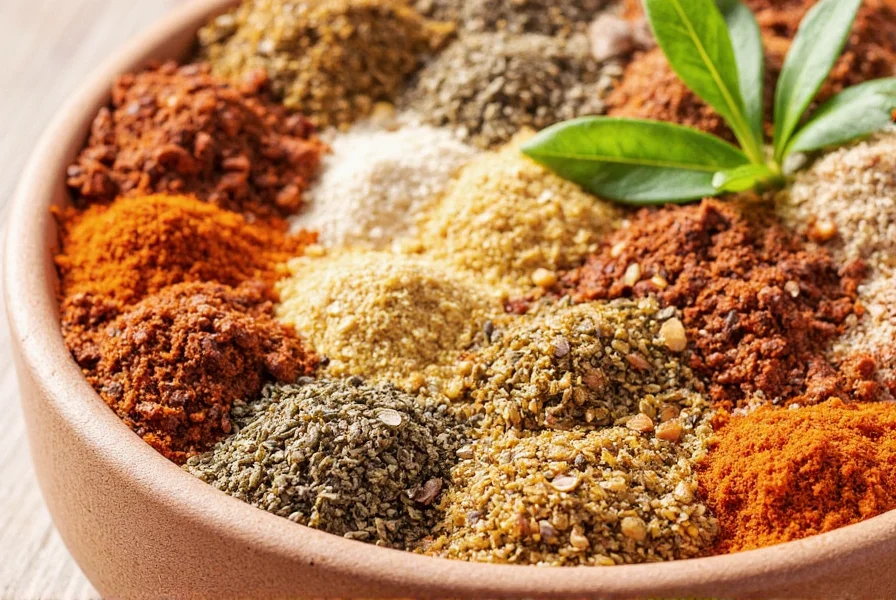
Top 5 Practical Uses for Poultry Seasoning
- Roast Chicken Magic: Rub under and over skin before roasting for golden, fragrant perfection
- Flavor Your Stuffing: Essential for classic holiday stuffing
- Season Soups & Stews: Adds depth to creamy chicken soups
- Elevate Roasted Vegetables: Perfect for root veggies and squash
- Boost Gravy Flavor: Stir into pan drippings for richer gravy
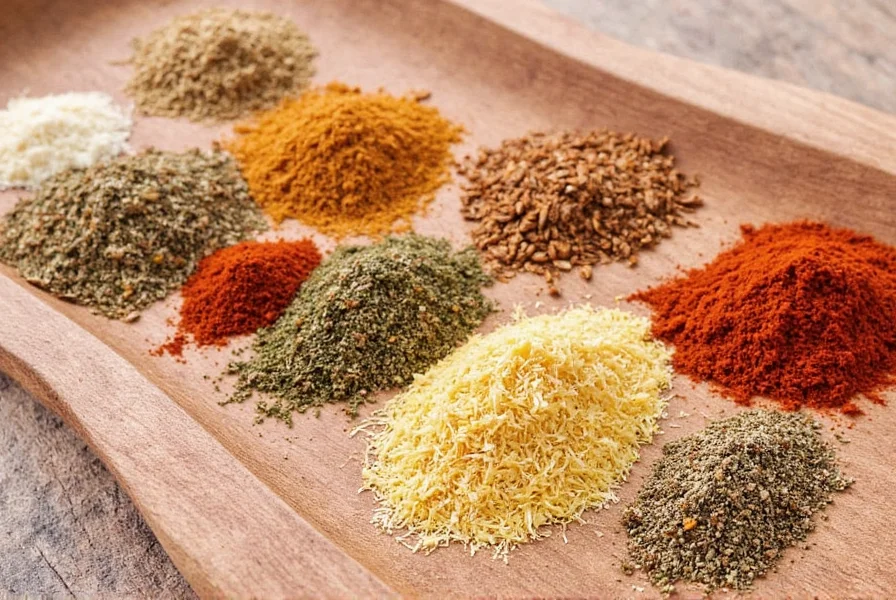
| Feature | Store-Bought | Homemade |
|---|---|---|
| Convenience | ✅ Ready to use anytime | 🛠️ Requires prep time |
| Customization | ❌ Fixed blend | ✅ Mix your favorite herbs |
| Cost per Use | 💰 Moderate | 💸 Low (if you have herbs on hand) |
| Freshness | 🕐 Varies by shelf life | 🌿 Always fresh and vibrant |
| Best For | Quick meals, busy cooks, beginners | Flavor connoisseurs, custom recipes |
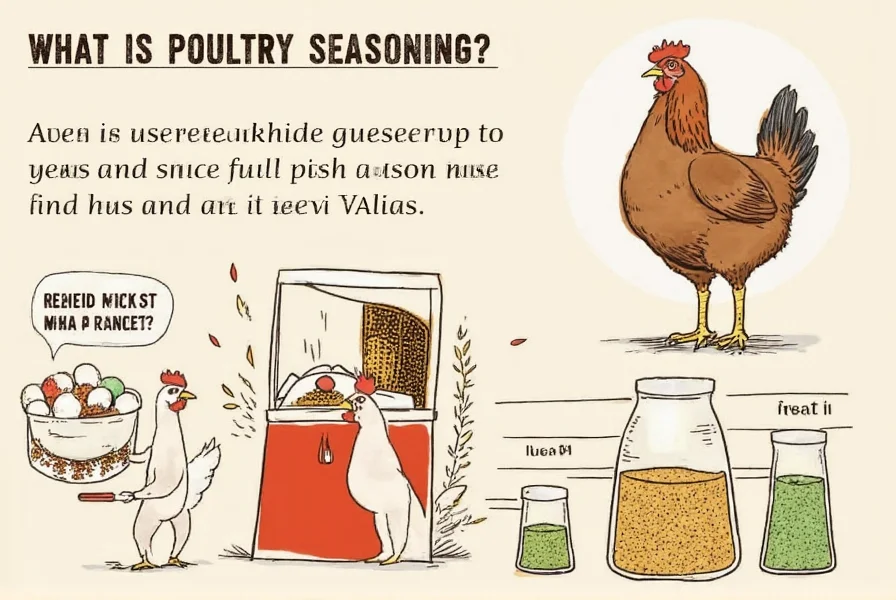
Buying Guide: Key Considerations
Check Ingredient Lists
- Look for recognizable herbs without unnecessary additives
- Avoid fillers like anti-caking agents unless clearly labeled natural
Consider Salt Content
- Some blends include salt; others are salt-free
- Choose salt-free for more control over sodium
Match to Your Needs
- Holiday-focused blends often include nutmeg or allspice
- Everyday mixes emphasize sage and thyme
| Product | Key Features | Best For | Occasion |
|---|---|---|---|
| McCormick Poultry Seasoning | Classic blend, widely available, balanced flavor | Beginners, holiday dinners | Thanksgiving, roast chicken nights |
| Badia Organic Poultry Seasoning | Organic, non-GMO, clean label | Health-conscious cooks | Weeknight meals, organic roasts |
| Spice Islands Poultry Seasoning | High-quality, strong aroma, no MSG | Chefs and serious home cooks | Dinner parties, gourmet dishes |
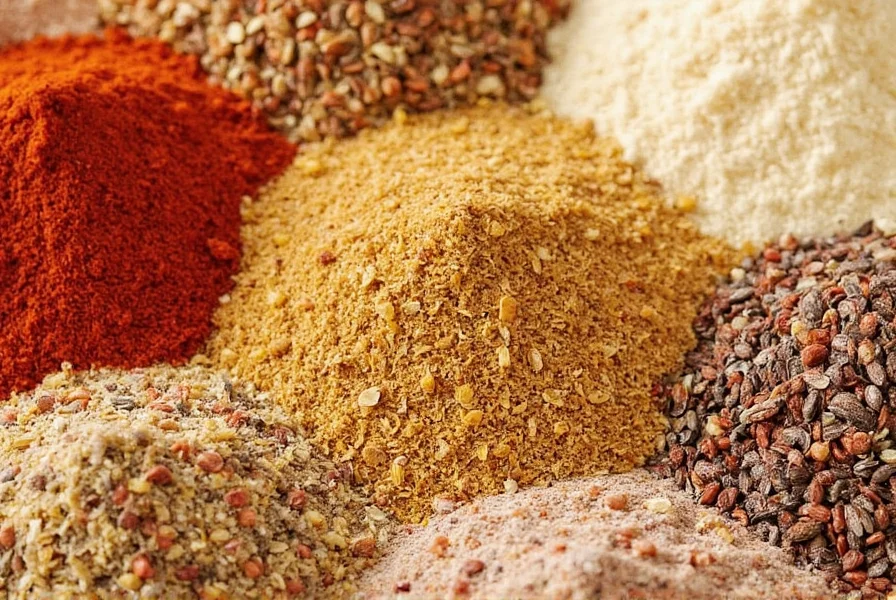
DIY Recipe: Make Your Own Poultry Seasoning
Basic Homemade Blend
- 2 tbsp dried sage
- 1 tbsp dried thyme
- 1 tbsp dried rosemary (finely ground)
- 1 tsp dried marjoram
- 1 tsp black pepper
- ½ tsp nutmeg (optional)
Mix well and store in an airtight container away from light and moisture.
Customization Tips
- Add lemon zest for citrusy twist
- Use smoked paprika for deeper flavor
- Pinch of cayenne for mild heat
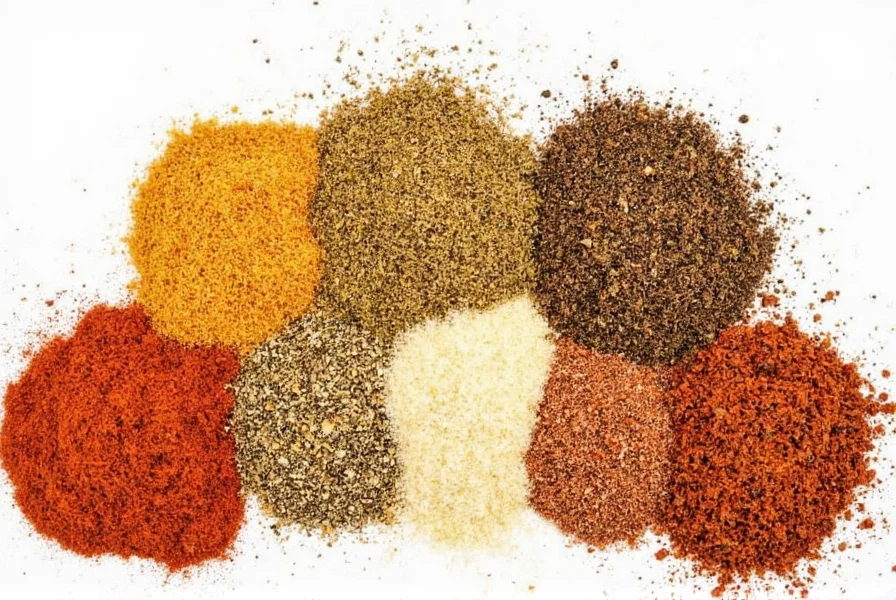
Frequently Asked Questions
Does poultry seasoning contain salt?
It depends on the brand. Some include salt while others are salt-free. For sodium control, choose salt-free versions and add salt separately.
Can I use poultry seasoning on non-poultry dishes?
Absolutely! It works great on pork, lamb, tofu, roasted vegetables, and vegetarian soups. The herbal notes complement many proteins and plant-based dishes.
Is poultry seasoning the same as Italian seasoning?
No. Italian seasoning features oregano, basil, and parsley. Poultry seasoning leans toward sage-heavy blends with warming spices like nutmeg or allspice.
How long does poultry seasoning last?
Store-bought lasts 2-3 years; homemade blends last 6-12 months. Store in airtight containers away from light and heat for best flavor.
What's the difference between poultry and chicken seasoning?
They're similar, but chicken seasoning often contains garlic powder, onion powder, or celery salt. Poultry seasoning is more herb-focused with sage as the dominant flavor.
Can I use poultry seasoning in vegetarian dishes?
Yes! It adds wonderful depth to mushroom-based recipes, roasted vegetables, and grain dishes where its earthy notes complement umami flavors.

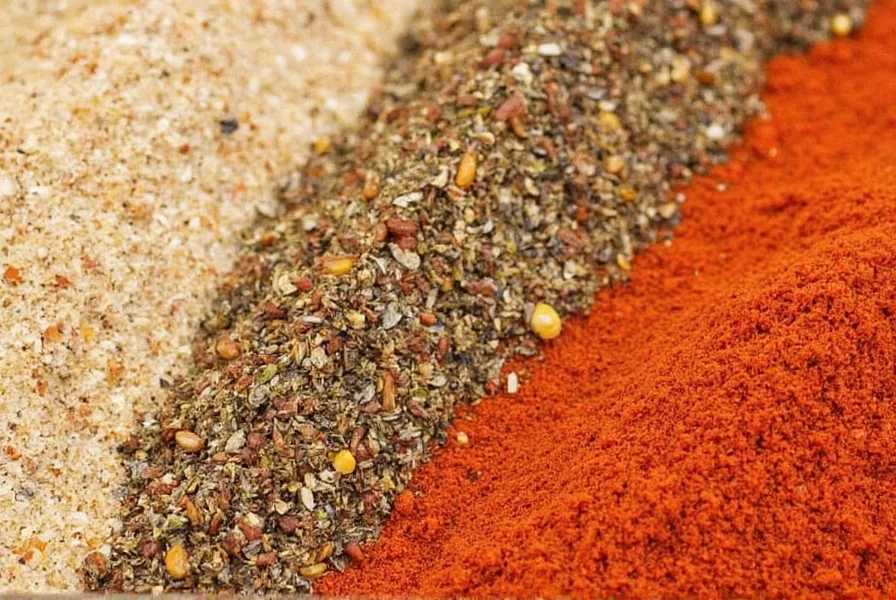









 浙公网安备
33010002000092号
浙公网安备
33010002000092号 浙B2-20120091-4
浙B2-20120091-4